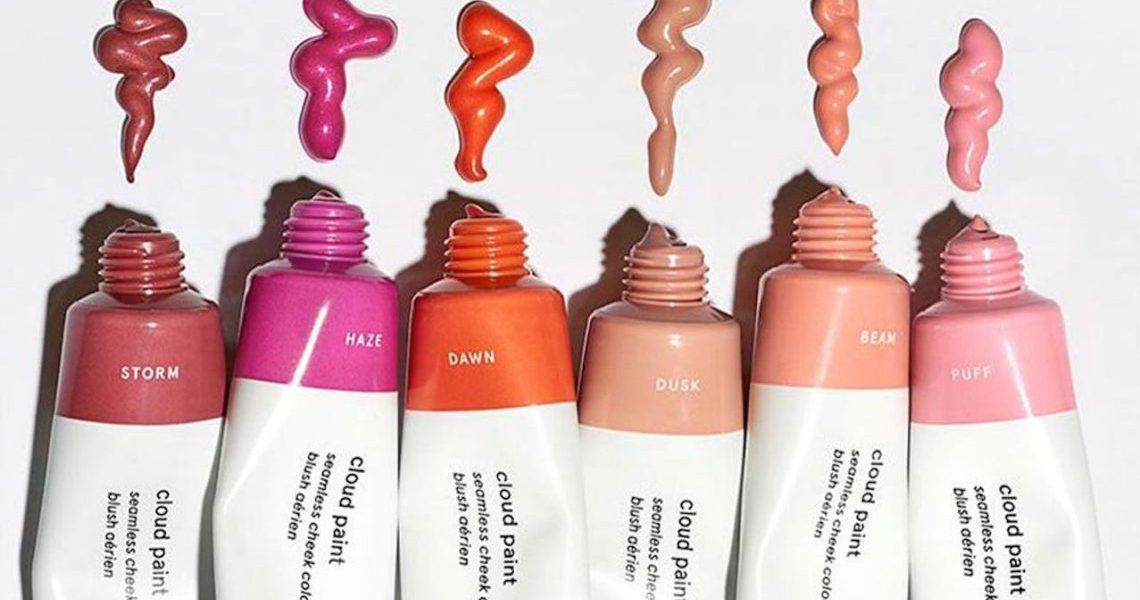As Glossier has grown over the last decade, notable departures have taken place, with many executives decamping to form their own brands and businesses. Call it the Glossier mafia, if you will.
This year has proven to be a veritable debutante ball of brands debuting from among Glossier alumni. Beauty company Arfa launched in March and is led by Henry Davis who serves as Arfa CEO; he was Glossier’s COO and president between June 2014 and Dec. 2018 (he was also briefly CFO). Joining Davis at Arfa is also Bryan Mahoney, co-founder and CTO, formerly Glossier’s CTO, and Helen Steed, vp and creative director, formerly Glossier creative director. Non-alcoholic aperitif brand Ghia was launched in June by Melanie Masarin, who was the head of retail and offline experiences at Glossier from May 2017 to Dec. 2018. Oral brand Ojook debuted in September from Youn Chang, the head of supply chain at Glossier between Aug. 2016 and April 2019.
Other employees from Glossier have also gone on to form new business ventures. Morgan Von Steen, a former assistant to Emily Weiss, founder and CEO of Glossier, established her own company called Supersystem, focused on nonpartisan government services and information. And Nick Axelrod, an early employee of Glossier and former editorial director of Into the Gloss, left in July 2014 before launching body-care brand Nécessaire (which he left in April).
As with other businesses from Paypal to Birchbox, founders and prominent executives who leave notable brands often go on to form their own impressive ventures. In many ways, Glossier’s position as a pseudo-incubator for other beauty and lifestyle brands is indicative of the talent it has attracted and of the ability to serve as a professional launchpad.
Masarin described Glossier as a fast-paced environment. but also one willing to try new things and be customer-centric. She added that since Ghia launched at the height of the coronavirus pandemic, offline marketing opportunities were not possible, and the experience she gained at digitally-native Glossier proved crucial to understanding how to navigate the new normal.
“Glossier definitely provides alumni with a lot of credibility,” said Masarin. “Probably more so when I left Glossier and was freelancing [in 2019]. Glossier has been a company that has been very supportive [of Ghia] and has an incredible brand halo.”
Masarin raised an undisclosed friends-and-family round for Ghia in 2019, in which both Davis and Weiss invested, she said. Weiss and other Glossier colleagues also provided insight and feedback prior to the Ghia’s launch.
Ad position: web_incontent_pos1
Ghia is inspired by post-modern Italian designs, and though Masarin did not say Ghia’s designs were also inspired by Glossier, the branding shares similar concepts. For instance, both Ghia and Glossier understand the ability of packaging to transform ordinary items like a bottle or a face wash into a product that elevates its environment, whether a bar cart or a medicine cabinet. And the sans-serif typeface, while overwhelmingly common in startup and DTC brands, conveys a lightness to both the brand’s products and purpose.
Ojook was also inspired in part by Glossier, according to Chang.
“The biggest lesson I learned from Glossier was about how to bring really good information to people, since it was first Into the Gloss,” said Chang. “Ojook is very much inspired by that, because we want to educate people on how they can transform their daily, mindless routines into something mindful.”
Ojook’s first product is a salted toothpaste inspired by Eastern wellness philosophy, as Chang was born and raised in South Korea. She added that when she had her first child in 2019, she wanted to find a way to marry her professional talents with her heritage in a way that would make her daughter proud. She said that a strategy Glossier used — and that she has applied to her new venture — was to direct-message anyone who left a concerned comment on the brand’s Instagram account; Ojook messages those leaving concerns about about the products’ lack of fluoride, as Ojook uses a fluoride alternative called nano-hydroxyapatite. Chang said she also plans to reach out to Ojook’s initial customer base to interview them and understand their experiences with the product better, much like Into the Gloss asked readers about what type of cleanser they wanted (and which eventually led to Milky Jelly).
“We want to be high-touch instead of relying on just performance marketing; we want to use our [limited resources] on more personal efforts. That’s definitely something that was working really well at Glossier, because people felt they were personally talking to another person instead of a machine,” said Chang.




